02/12/2014 The First Testing of the IQ250 on a tech camera–Most impressive results in fact it’s game changer
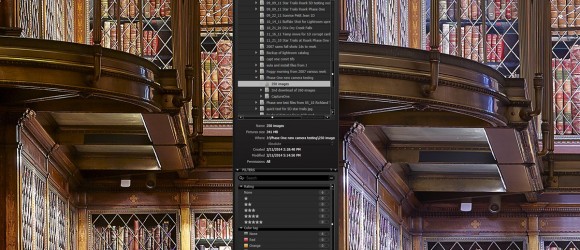
As posted on this site and many others, Phase One, about 2 weeks ago, announced the IQ250, the worlds first CMOS digital Medium format back. The announcement also stunned quite a few folks out there when it was discovered that Sony was the chip being used, not a Dalsa. Dalsa has been the main chip company that Phase One has used since the announcement of the P65+ about 4 years ago. I saw the announcement and also noticed the mention of Sony and I had a suspision that the results when posted from the various dealers out there, would be pretty revealing. I have used the Sony 36MP chip in the Nikon D800 since May of 2014 and believe me I saw the light early. Enough that I sold pretty much all my Canon Digital gear save for 1 6D which I use for night photography.
Digital Transitions, my Phase One dealer based out of NY, just released a huge test where they shot the IQ250 with a very good selection of current Tech camera lenses. This was an indoor shoot in the Morgan Library in NYC so the subject matter was a bit different for me, but the results from the tests are very impressive. I just finished downloading and comparing the IQ250 and IQ260 shots taken with the Rodenstock 32mm. To be honest, after shooting the D800 for so long and seeing what it can do with 1 frame at base iso 100 in regards to total range, I was pretty sure what I would find. However I did try my hardest to make the 260 images come close with all the tricks in Capture One that I have learned over the years, and the net is, you can’t!
You can download and read more about the testing that Digital Transitions did here: DT Tech Camera tests IQ250 and other MF backs.
In my landscape work, I tend to focus on shifting 3 images to create a short panorama. So for me, the rise and fall results were not that important, but if you interested DT (Digital Transitions) did post these as well. I took the 3 shifted images from the IQ250 and IQ260 on the 32mm Rodenstock. I don’t own this lens, but have the 28mm Rod and 40mm Rod. The shifting characteristics of the 32mm and 40mm Rodenstocks are pretty close. After completing work on the images in Capture One, I went ahead and combined the IQ260 stitches into one image, them went back to the IQ250 images to compare certain parts of the files to see how the 2 cameras reacted. In the four images I have in the article, I will explain the areas that stand out the most to me.
NOTE web conversions really don’t do these files justice, if you are interested in my results, please visit the DT website and pull these files down to get the full effect. Capture One is free for all digital back users you can pull the latest version which is 7.2 from the Phase One Website.
IQ 250 is on the right in this comparison. In this image you see a part of a large panel that runs vertically in the left most portion of each test. At first when I looked at the panel with the IQ260 shots, I thought it was made from wood, however when I looked at the IQ250 shot, I realized that this panel was in fact covered by fabric and the IQ250 actually showed the detail of the fabric. If you look to the right edge you can see that this panel is part of hinged setup and is covered which red (appears to be red) fabric. The iq260 shot is too noisy to really tell very much. The only thing that really translates between the two are the two scratches that show up. The IQ260 was shot at a base iso 50 for 6 seconds and you will see that even at that ideal setting the darker parts of the image are pretty much pure noise and not worth recovering. It should be be noted here that the shifts were made without a Center filter on the Rodenstock 32mm. The center filter would have helped to balance out the IQ260 shift exposure an possibly bring out less noise giving a better final result, but it would have also benefited the IQ250 also, so it would have been even cleaner!!
Also noticed the amount of aliasing form the Metal X bars over the front of the book cases. You can clearly see red, blue, banding on these parts of the IQ260 file. The IQ250 is clean from aliasing and I have to assume it’s an advantage of the smaller pixel pitch of 5.3 microns over the large 6.0 micron pitch of the IQ260.
You can notice that the books definitely are different colors, and I could only guess at the correct WB in this room. The IQ250 seemed to want to go more to a red favored tint and I had warmed up the IQ260 image in Capture One. WB is selective and is something that can easily be adjusted once the correct value is known.
What is most striking here is the depth of the details the IQ250 pulled out of the balcony railing supports. IQ250 is on the right. Zooming in you can make out the details on the base of the railing support much more clearly on the IQ250 shot, also notice the wood grain and patina on the edge of the balcony. (I am not sure if this wood or metal, I am assuming metal since the finish matches the railing and railing supports). There is a red hue to the IQ250 shot and that was also in the IQ260 shot, but I took it out with a local adjustment in Capture One.
Other areas of interest are the 2 rows of beaded material on the outer face of the balcony. You can see the individual details of each bead much clearly with the IQ250 shot. But most telling is the detail underneath the balcony. Zooming into 100% you can see all the grain of the material on the bottom and the details are still very clear.
On this shot what caught my eye over and over was just how much of the notching around the based of the railing support standout as well as the head of the two bolts holding the plate in place.
In this comparison the IQ250 is on the right. This is a crop taken from the back center of the center frame of the three stitches. This image should have the best exposure opportunity from both cameras as not shifting was done. Quickly, notice the curved portion of the balcony, again the material’s patina is just so much more clear on the IQ250, where as with the IQ260 it’s pretty featureless. But what really stands out is the the very back underneath the balcony. They are watching you!!. Yes there is a small camera mounted next to the white box on the right. This camera did not catch my eye on the IQ260 shot, but when looking at the IQ250 image I saw it immediately. Notice here again the amount of details under the bottom of the balcony, again you can clearly make out the lighter material of the light shades and black piece on the middle balcony support. You can also make out the grain in the material of this same piece of material. The base of the railings also look much much better to me. Yes the IQ250 is still showing a red tint, but again that is because I saw no need to take it out since I was looking for DR range improvement. WB/color casts on this image are very hard to know without a true grey card shot to assist in WB.
In this comparison the IQ250 image is on the right. This is a crop from the lower right corner. You can see two things quite clearly here, the base of a glass box stand and the back wood wall. Here again the shifted IQ260 has suffered quite a bit, not as bad as on the full left shift, but still the details just fall apart. The two things that are most telling are the insert of darker material on the box and wood grain of the outer section of the box. Working up the IQ250 image you can make out grain in the wood with no problem but on the IQ260 shot you are losing the wood grain by the time you add enough noise reduction to get the image workable.
Here you can also see a lot of stuck pixels in the IQ260 image. In looking at all of the test shots from the IQ260 stuck pixels show up in any of the more underexposed parts of the files. This was very surprising to me as I would have expected the mandatory dark frame to handle this. The dark frame is taken immediately after the regular exposure. In my experience with CCD cameras and long exposure, I owned for about 3 years a Phase One P45+. This camera was also rated to 1 hour exposures and I did use it for quite a few. I can state that I never saw this many uncorrected stuck pixels in a 45 minute exposure as I am seeing in a 6 second exposure with the IQ260. As the owner of a IQ260 I find this alarming. You can remove some more of the stuck pixels by using the “single pixel noise” reduction slider to 100% in Capture One, but normally this is not needed unless a dark frame was not taken immediately after the long exposure. With a Nikon D800 which I regular use for up to 5 minute exposures for stacking in my night photography actions, you will see some stuck pixels, but no where as many as seen in the IQ260 shot. With the Nikon I am not using long exposure noise reduction in camera since it would not allow me to operate the camera for a corresponding amount of time, in this case 5 minutes. However using Capture One in post processing I can always get a clean file by using the single pixel noise reduction slider. In the case of the IQ260, a dark frame was taken as you have no options with Phase One, so the vast majority of the stuck pixels should have been removed.
The back wall however is even more telling Here you can see the details in the engraving of the back wall much better on the IQ250 shot and the base board is full of rich details. The crop I took also shows the floor clearly has more details in both the tile around the fireplace and the actual wood floor. The IQ250 file is so clean it almost looks like I needed to add a bit of grain, as the bottom of the stand is very smooth, but that may be how it is in real life also.
Conclusions from these side by side tests:
- The CCD chip of the IQ260 was pressed harder than it could deliver on this test series of exposures and the results show both excessive noise (especially on shifts) and any area of the image not being stuck by artificial illumination.
- The 6 second exposure of the IQ260 contains a lot of stuck pixels, mainly blue, that were not removed by the dark frame exposure that would have followed the exposure on the back. The IQ250 is clean of all stuck pixels with the Capture One defaults of noise reduction loaded. I had to increase the “single pixel noise reduction” slider to 100% on the IQ260 image and it still did not get all of the stuck pixels out.
- Clearly the IQ250 image has much more room in the shadows. This is shown over and over by looking at pieces and parts of this test. The IQ260 in the darkest parts of the image (mainly the left shift) became too noisy to really use in a print larger than say 13 x 19. The IQ250 has a much cleaner transition between the light and dark parts of the image allowing things like patina and wood grain to stand out much more clearly
- The IQ260 suffered from very harsh aliasing, mainly on the metal X bars that cover the books. I was able to remove the worst of it with a local adjustment layer in Capture One on the IQ260, but on the IQ250 there is really none to start with.
- Yes the 1:3 crop factor size is important. Just from looking at the sides of the completed stitches you can see that the IQ260 pulled in about 3 more feet of image on both sides. This image is also pretty badly distorted by the time the IQ260 makes the extreme shift (as would be expect on a ultra wide shift). As the owner of a full frame digital back, I am a huge fan of the full frame size chips as I tend to work in close in Arkansas landscape shooting and the crop factor will make a composition/framing consideration.
As the owner of a IQ260, I was impressed by these results. I already knew the Live View worked and it even works well in low light as test by Alpa and now DT. I had hoped with my investment in a IQ260 that Phase One could somehow work magjc on the the CCD one more time since the IQ260 had a totally new chip. However based on these tests at iso 50 and some I have seen at iso 140 (the being of the long exposure noise for the IQ260, I am not seeing any improvements between the IQ160 and IQ260. I was hoping that the IQ260 would allow for a useable image at iso 400 in the long exposure mode so I would not have to drop down to sensor plus, but so far I have not see that result in my work. The shadows when pushed on a IQ260 pretty much appear to have about the same amount of range as my IQ160 had.
Seeing these results from the IQ250 and knowing just how good the Sony 36MP chip is in the D800, I have to make a decision to stay with the IQ260 or attempt a downgrade to IQ250. I don’t see Sony coming out with another full frame medium format chip anytime this year or early next year. They seem to be working on a 54MP chip for the 35mm camera world as they have announced it and are planning to bring it to the market in 2015. This leaves Dalsa who is Phase One’s main chip supplier, and boy I hope they are looking at these results. If any company is going to bring a full sized CMOS chip to market in 2014 or early 2015, I figure it will Dalsa. But they are also unproven in this space, only have CCDs. Sony has been working on the Exmor processor and their high dynamic range CMOS chips since around 2012 now have a fab process setup so that they can replicate this technology across many fronts.


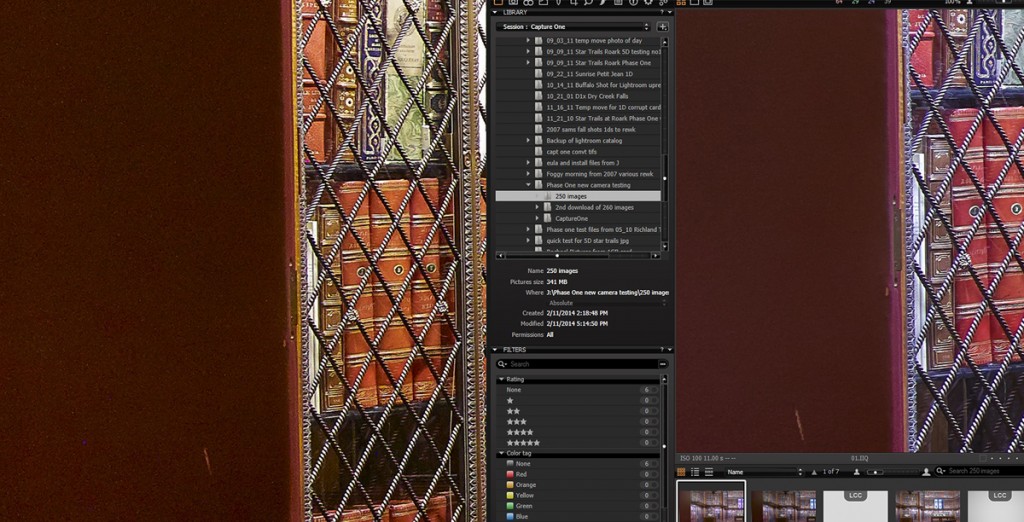
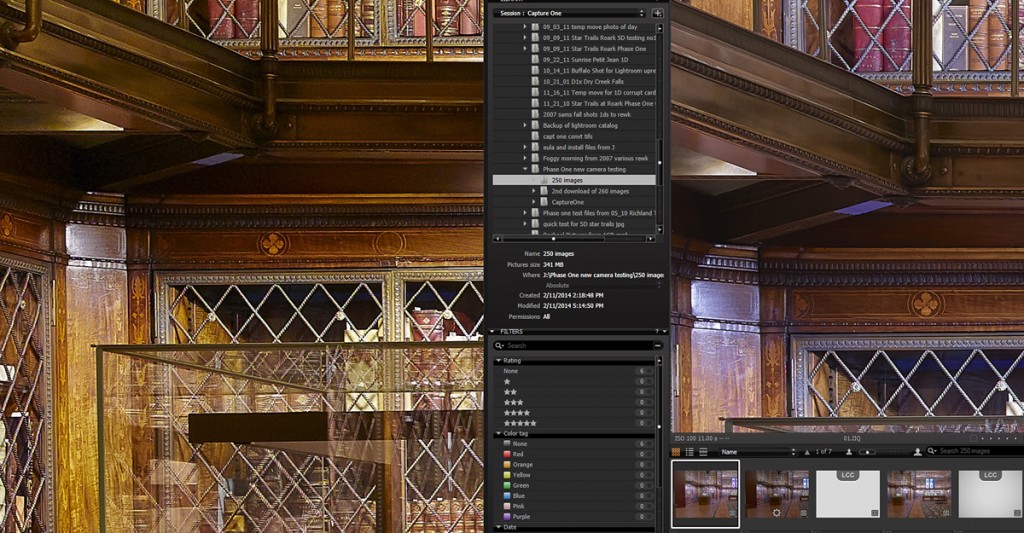
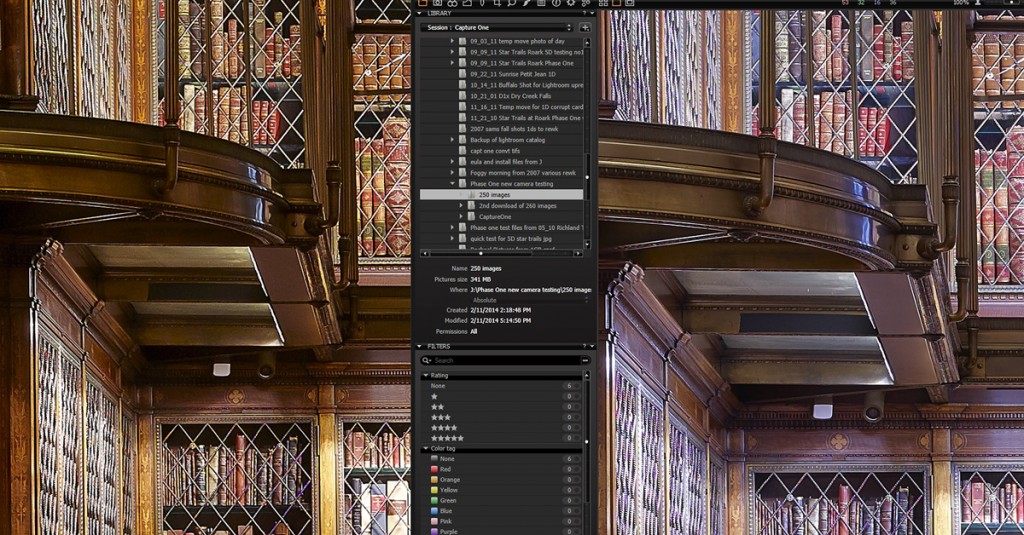
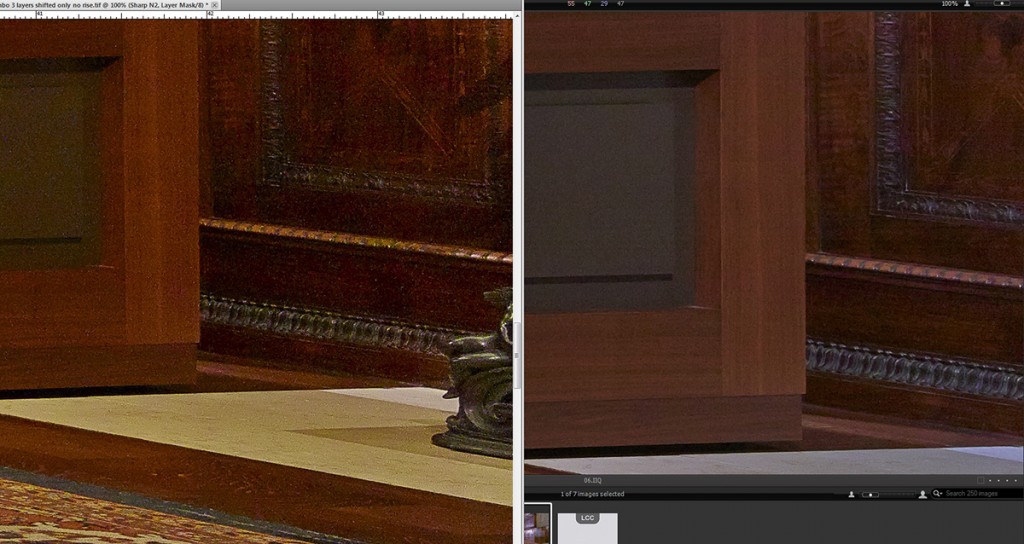
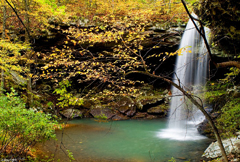
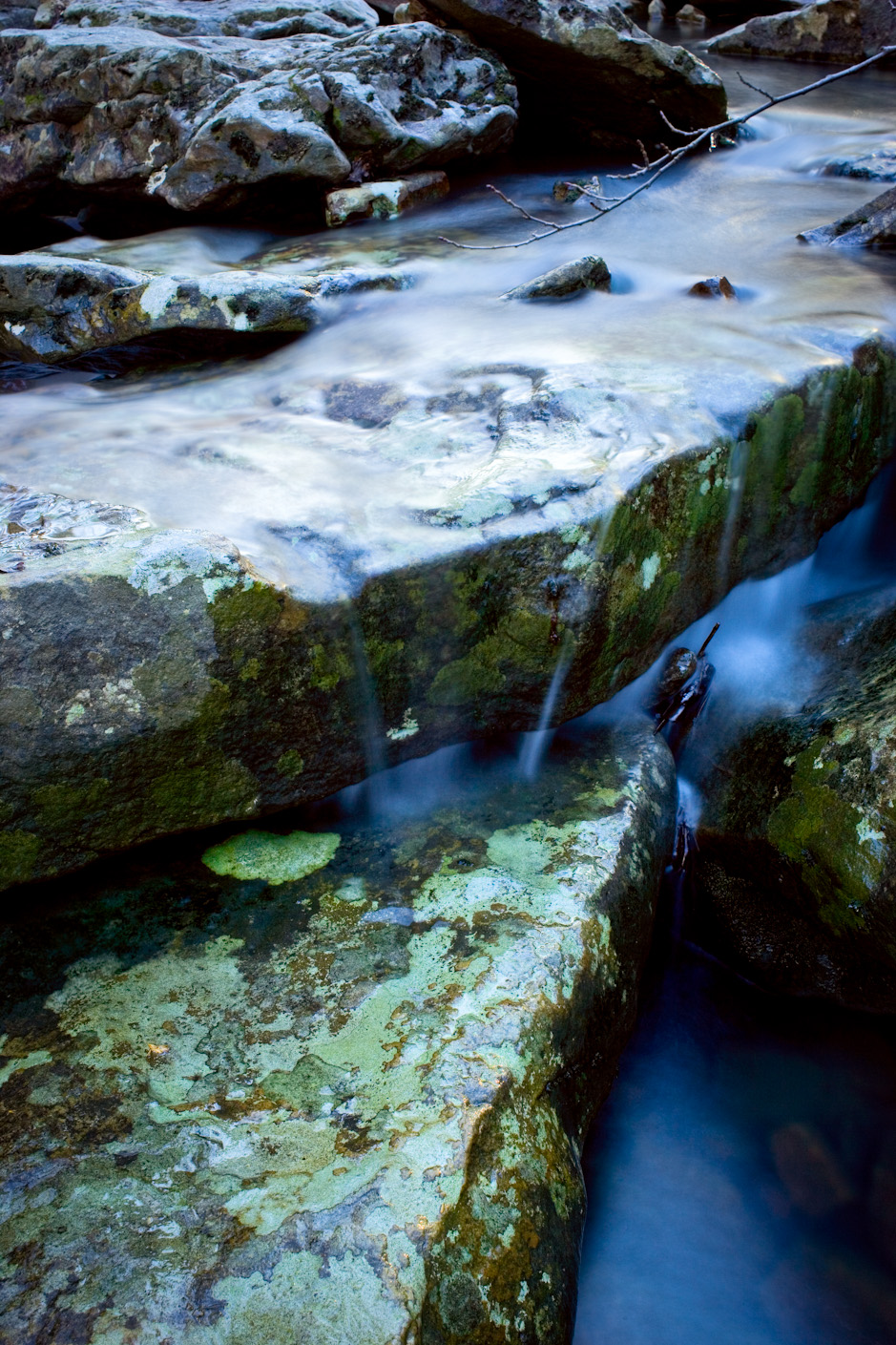


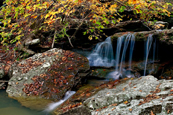
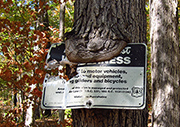
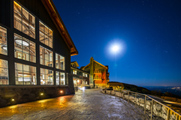

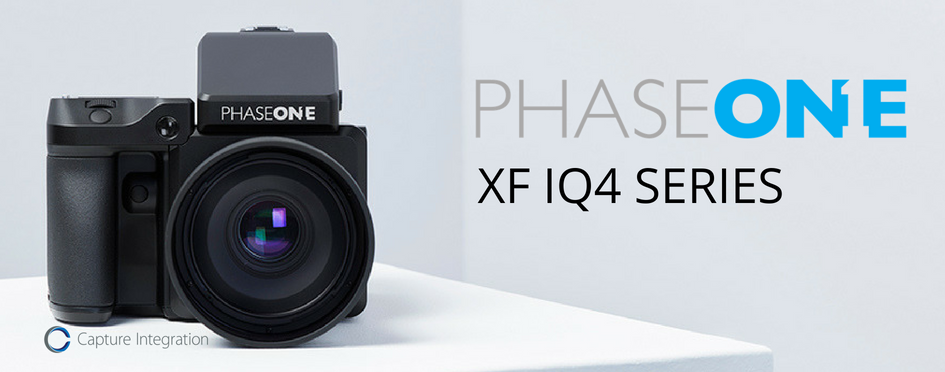
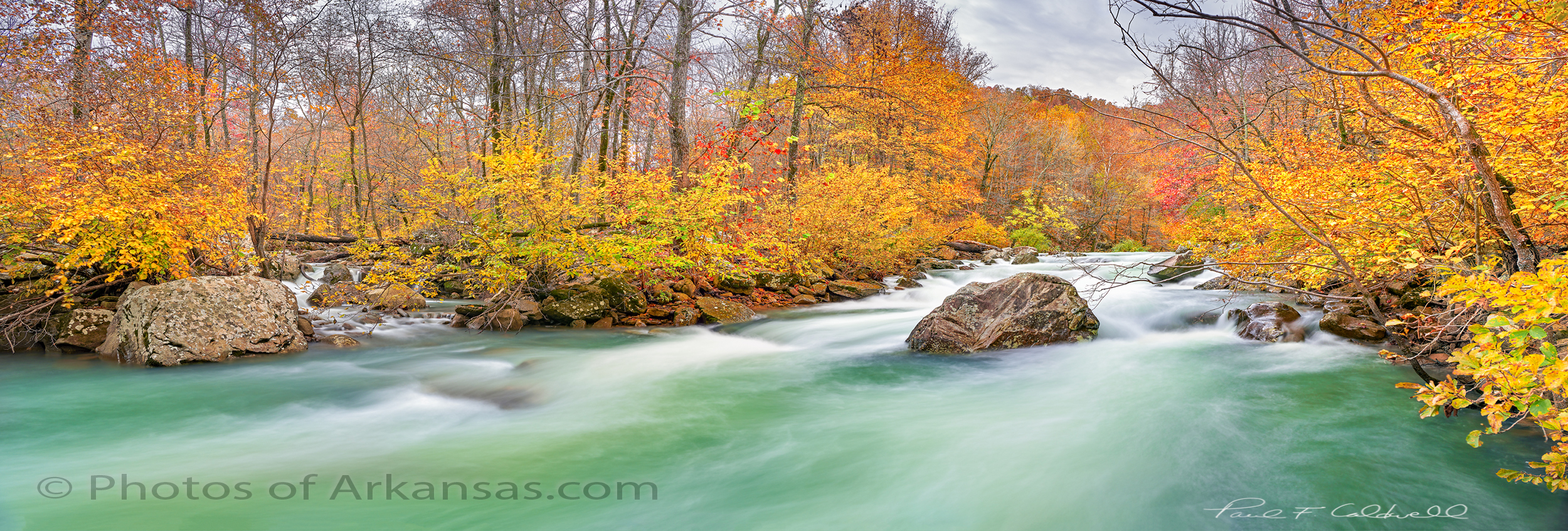
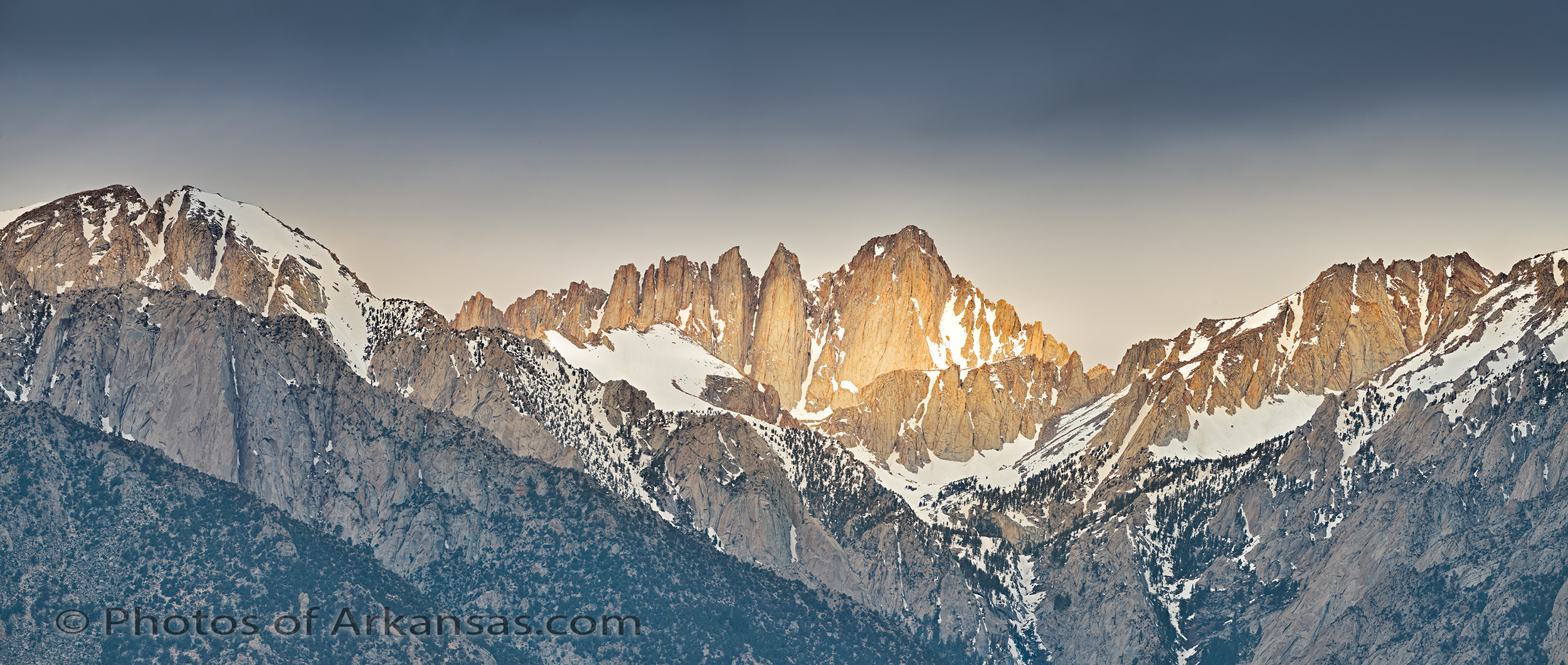
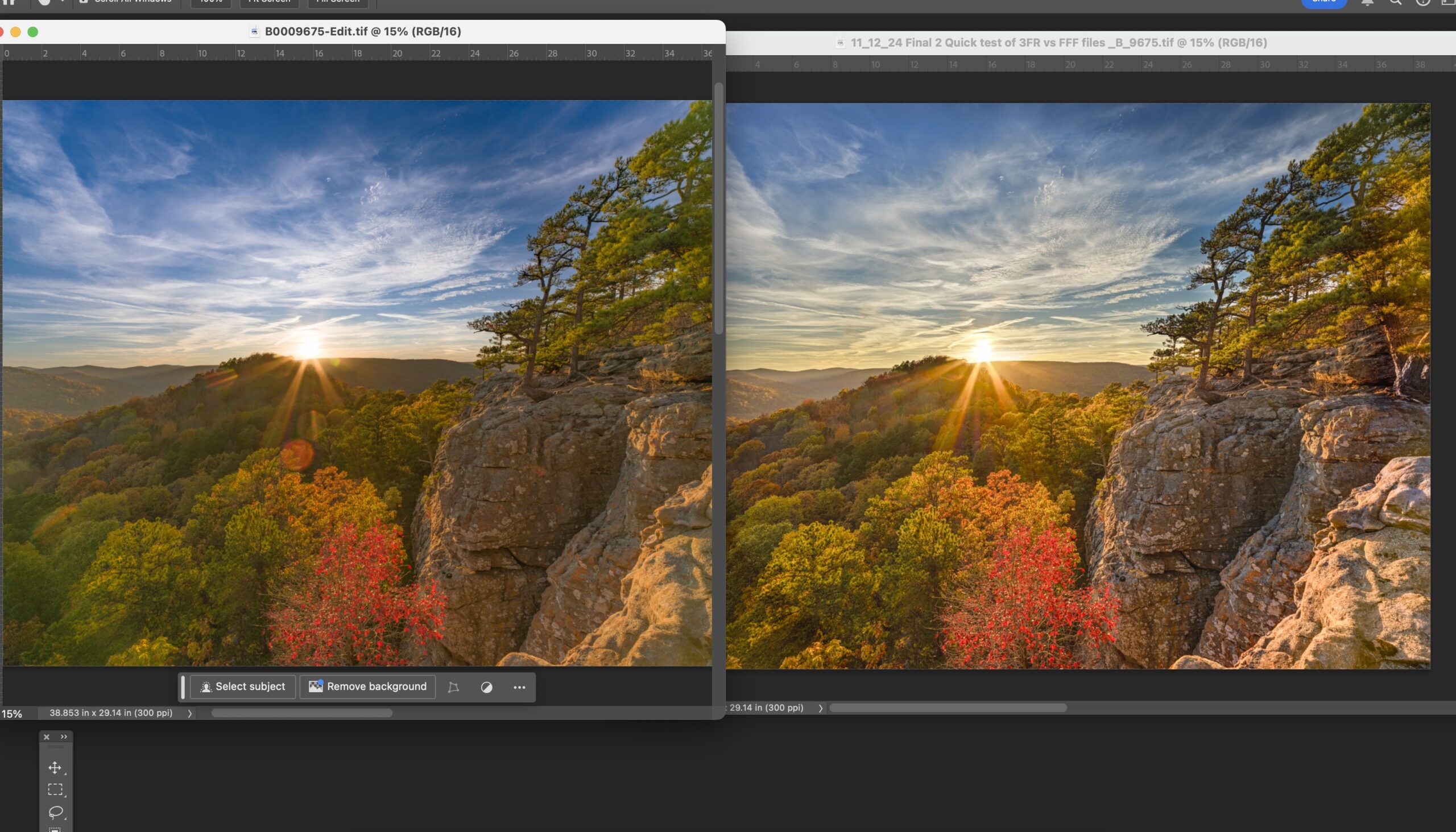
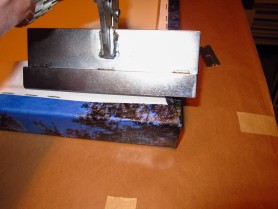
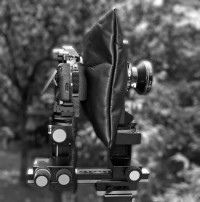

Maxim Dupliy
Hello Paul. Thank you for posting this comparison. I was very interested to see the comparison results.
I have D800 & Mamiya with film back and 3 lenses and thinking to move to Digital Back.
I was hoping that iq 60 will be better in details than iq 50, but it turns out that iq60 has more cons than iq50.
Do you think the iq1 80 will still bahave same manner as iq60 (noise, aliasing, shadow problems) as opposed to iq 50.
Iq 80 have ~1.5 times bigger sensor but less DD and all the cons that comes with ccd.
I’m more one the conceptual photography direction, and you are more on the Nature photography( you have beautiful pics from what i have seen).
If you are about to print your images big BUT also want crisp high quality image, then none of these (iq50 & iq80) doesn’t have that ? and the only option is to go for IQ 100mp cmos ? (or hasselblad)
What do you think ?
And, do you think it iq50 will be enough to print for gallery as it’s my end goal?